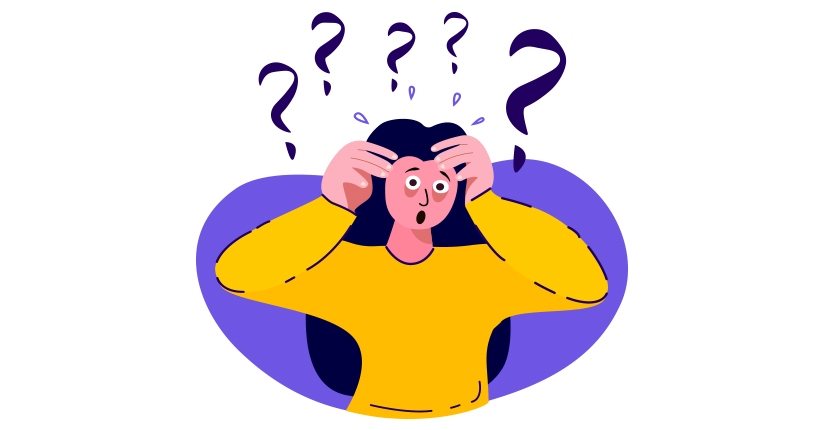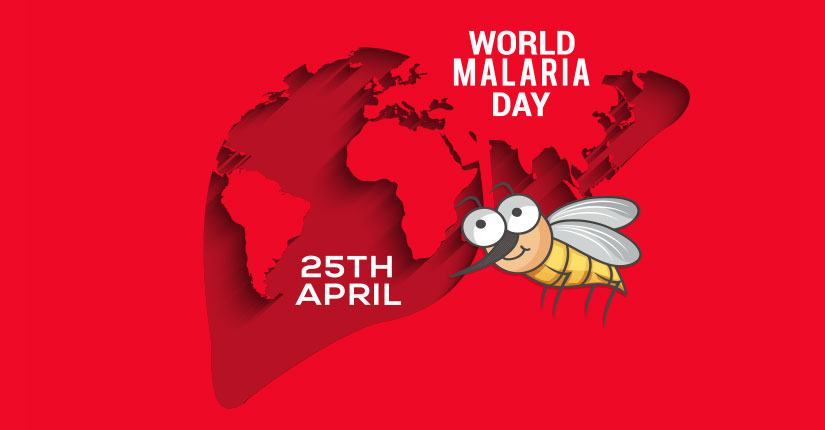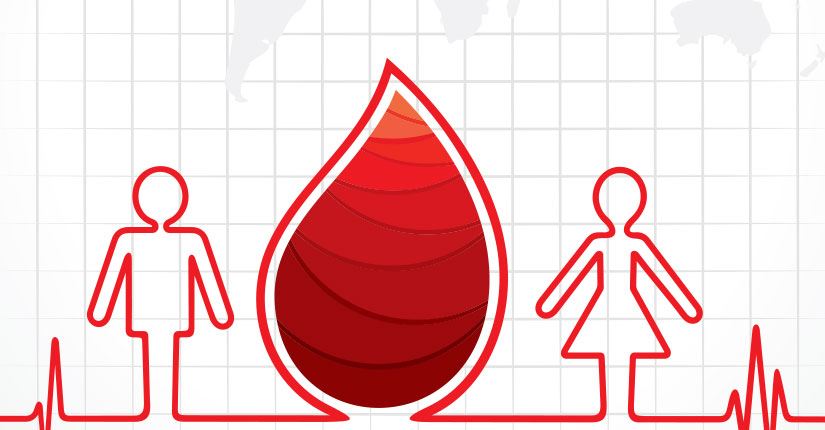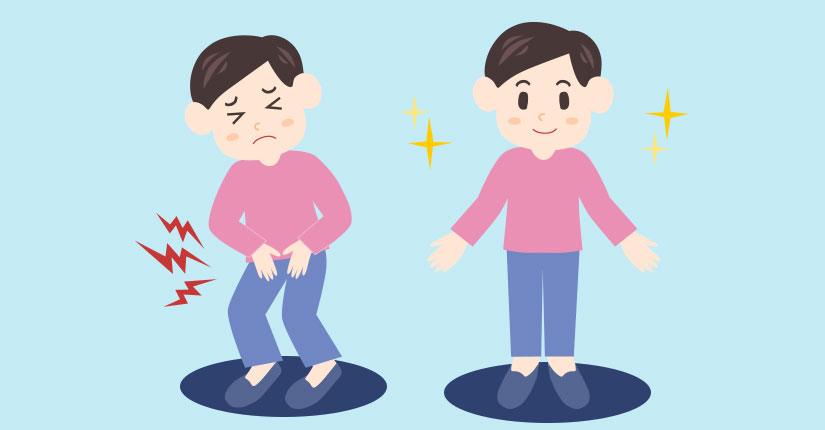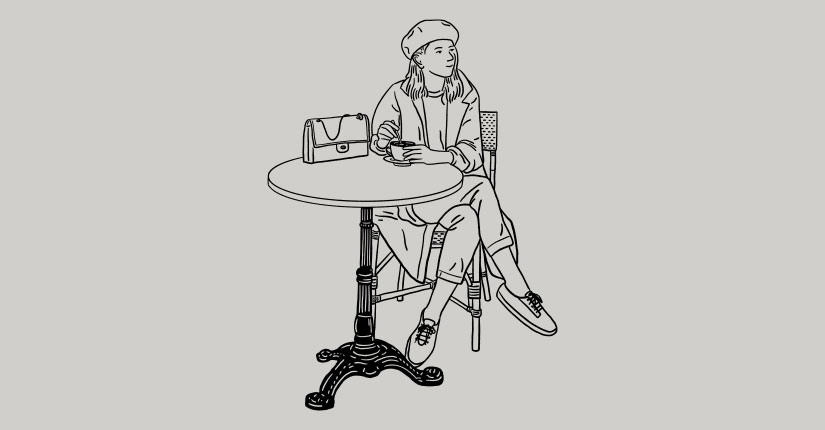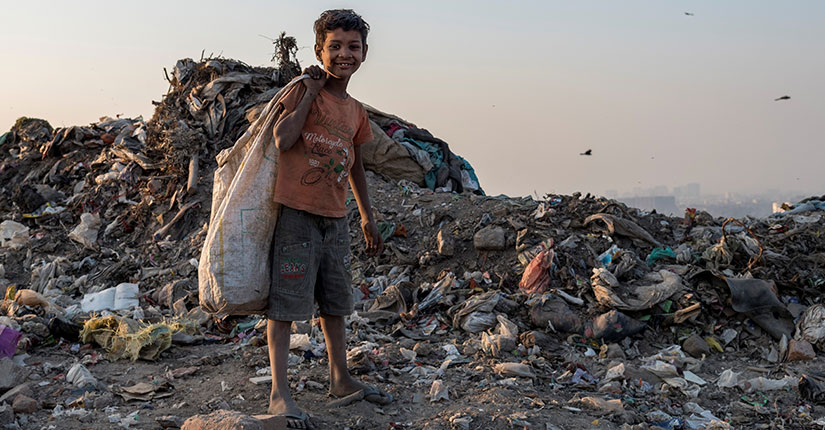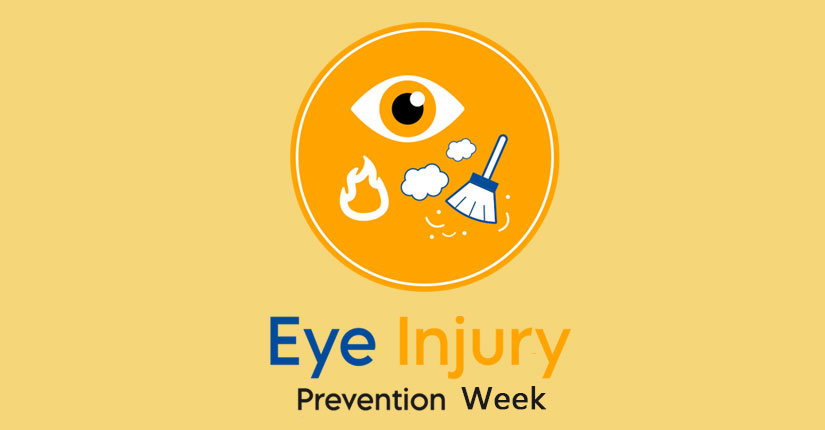World Leprosy Day
By Nmami Agarwal 31-Jan 2020 Reading Time: 4 Mins
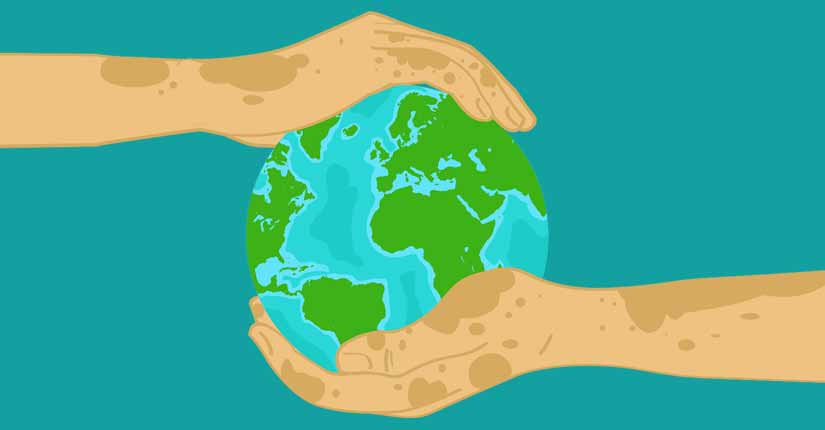
World Leprosy Day is observed on the last Sunday of January every year. This date was chosen by French humanitarian Raoul Follereau as a tribute to the life of the Mahatma Gandhi who had compassion for people affected with leprosy. Hansen’s disease (also known as leprosy) is an infection caused by bacteria called Mycobacterium leprae. These bacteria grow very slowly and it may take up to 20 years to develop signs of the infection.
India is currently running one of the largest leprosy eradication programmes in the world, the National Leprosy Eradication Program (NLEP). Till date 1.2 to 1.3 hundred thousand new cases of leprosy are reported every year and 58.8% of the total number of new cases is reported every year.
This day provides an opportunity for enhanced efforts and renewed commitment towards elimination of the leprosy at the earliest. It focuses on the target of zero cases of leprosy-related disabilities in India.
Leprosy can affect the nerves, skin, eyes, and lining of the nose (nasal mucosa). The bacteria attack the nerves, which can become swollen under the skin. This can cause the affected areas to lose the ability to sense touch and pain, which can lead to injuries, like cuts and burns. Usually, the affected skin changes color and becomes lighter or darker, often dry or flaky, with sensory loss or becomes reddish due to inflammation of the skin.
Untreated leprosy-affected people are the only known source for transmission of the bacteria. The main route of transmission is through the respiratory tract, especially from the nose of infectious persons. Disease causing organisms enters the body commonly through respiratory system by droplets from the nose and mouth during close and frequent contacts with untreated cases. After entering the body, the organism migrates towards the nerves and skin. If it is not diagnosed and treated in early stages, it may cause further damage to nerves leading to development of permanent disability.
National Leprosy Eradication Programme (NLEP)
The National Leprosy Control Programme was launched by the Government of India in 1955. After the introduction of Multi Drug Therapy (MDT) to treat leprosy in 1982, the programme was converted into the National Leprosy Eradication Programme (NLEP) in the year 1983 with the objective of achieving eradication of the disease from the country.
In 2005, though the elimination of leprosy at national level was achieved; but still around 57% of the worlds’ leprosy affected people who live in India. 554 districts (81.23%) out of total 682 districts have achieved elimination by March 2017.
Early case detection and treatment with MDT is the key to achieve elimination as detection of leprosy cases early in the community will lead to reduction of sources of infection and also interrupt the transmission of the disease.
Over to you
In case of presence of signs and symptoms of leprosy, please contact ASHA (Accredited Social Health Activist) or ANM (Auxiliary Nurse Midwife) of your area or visit the nearest health Centre. Treatment of leprosy is available free of cost at all government dispensaries in India.



